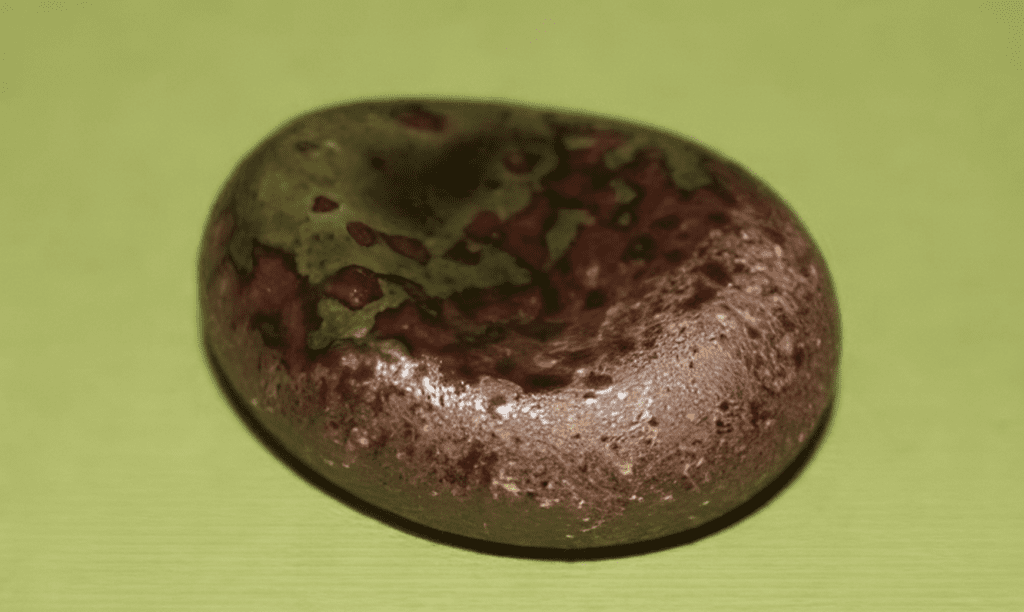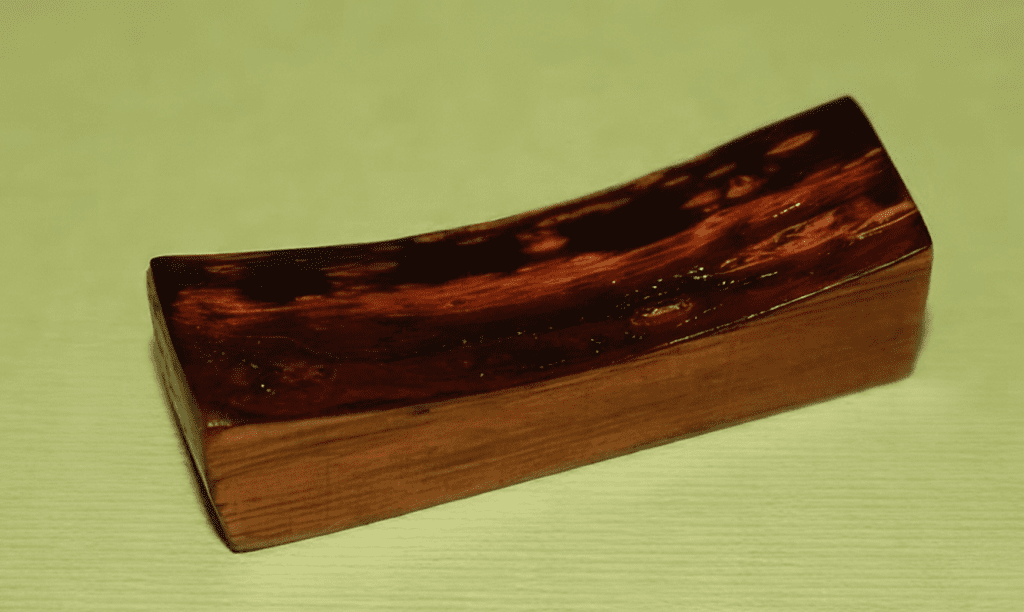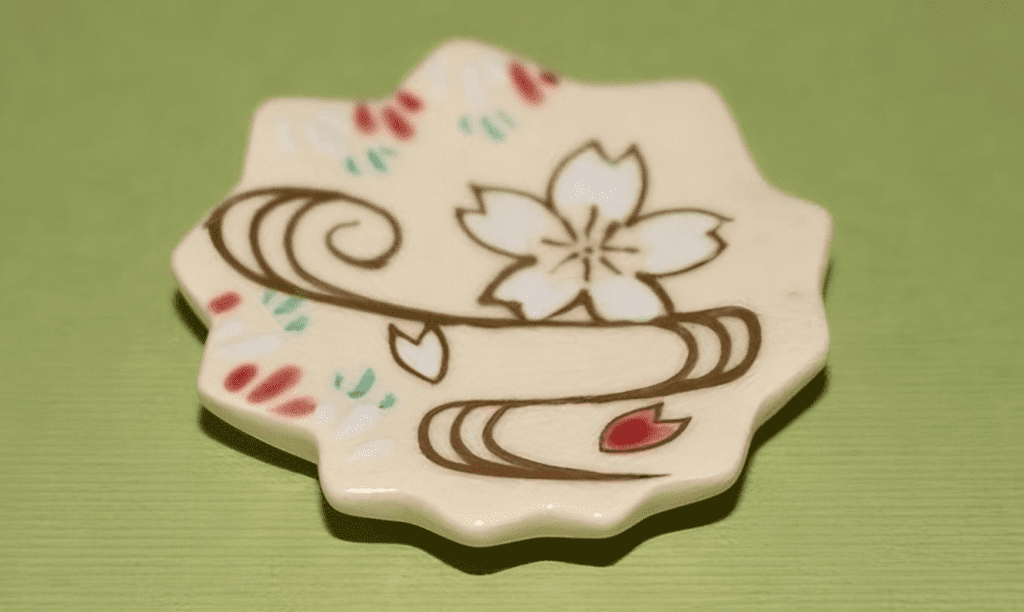The history and cultural significance of hashioki, or chopstick rests, offer an intriguing glimpse into Japan’s evolving dining customs. Though the origin of hashioki is difficult to date precisely, its journey from a functional dining accessory to a symbol of tradition and craftsmanship reflects the broader changes in Japanese society. Let’s explore the timeline and origin of this unique object and how it became embedded in Japanese culture.

Chopsticks and Their Introduction to Japan
Historians agree that chopsticks, known as hashi in Japan, originated in China, making their way to Japan after the fifth century BCE. Initially, chopsticks were used exclusively by the imperial court and the nobility. Archeological excavations near Nara, Japan’s first permanent capital, have uncovered chopsticks dating back to 710 CE. These early finds indicate that chopsticks were associated with the elite, who adopted this practice through contact with Chinese and Korean emissaries.
Prior to the introduction of chopsticks, the Japanese, like many ancient cultures, primarily used their hands for eating or sipped liquid foods from bowls. However, by the end of the eighth century, chopsticks became common among the general population. This shift in eating habits set the stage for the emergence of hashioki.
The Uncertain Origins of Hashioki
While the exact origin of hashioki is unclear, some commentators suggest that it may have been influenced by Shinto rituals, Japan’s indigenous spiritual practice. In Shinto, chopsticks used to offer food to the gods were placed on stands to avoid contamination. This idea of resting chopsticks on an object for hygiene purposes may have evolved into the hashioki. The use of natural materials in some early hashioki designs, like cherry tree bark, reflects the Shinto emphasis on nature.
The first written evidence of an object resembling a hashioki appears in 1612 in the Shijōke shichigosan no kazarikata, a culinary text. In the illustrations of two banquet trays, chopsticks are shown balanced on what seems to be a hashioki, though the chopsticks rest across the middle, not just at the tips as we see today. Since this text was influenced by Chinese ceremonial practices, it supports the idea that hashioki may have originated in China, much like chopsticks themselves.
Hashioki During the Tokugawa Period (1603–1868)
British scholar Charles J. Dunn claims that hashioki became more common in affluent Japanese households during the Tokugawa period. This was a time when Japanese society, particularly the merchant and artisan classes, began to place more emphasis on aesthetics and craftsmanship.
The Tokugawa period also saw the rise of Satsuma ceramics, which were known for their intricate designs and were used in creating porcelain hashioki. These finely crafted chopstick rests, often featuring asymmetrical floral patterns or gold embellishments, became symbols of refinement. They were used in wealthier households and during formal dining events, elevating the status of hashioki from a simple tool to an art form.
Hashioki and Japan’s Modernization
According to H. Elliott McClure, an American ornithologist and hashioki collector, chopstick rests only became a common feature of Japanese dining tables in the early twentieth century. McClure’s research suggests that while hashioki may have existed before this time, their widespread popularity grew significantly during Japan’s period of rapid modernization and urbanization.

Several factors contributed to this rise in popularity. First, the establishment of department stores (known as depāto) in Japan introduced a new consumer culture. These stores not only sold Western goods but also celebrated traditional Japanese items, like hashioki, reinforcing their importance as symbols of national identity. The demand for well-designed household goods grew, and hashioki became both a practical and aesthetic choice for middle-class families.
Changes in Dining Habits: The Rise of the Communal Table
Before the early 1900s, Japanese families typically ate from individual trays, often in silence and at different times. This changed in the early twentieth century, when guides like the 1907 Ie (Household) promoted the idea of family members dining together around a communal table. This new approach to mealtime encouraged conversation and the use of shared tableware.
The transition from individual trays to communal tables (known as chabudai) and eventually to Western-style dining tables in the 1970s created a need for practical dining accessories like hashioki. These small rests allowed diners to pause their meals and set down their chopsticks, adding to the social atmosphere of shared meals.
Hashioki as a Symbol of Tradition Amid Western Influence
The opening of Japan to the West in 1854 brought about significant changes in Japanese lifestyle, including the introduction of Western cutlery. However, this influx of foreign customs also sparked a resurgence in the appreciation of traditional Japanese items. Hashioki, which supported the use of chopsticks over Western utensils, became popular as part of a growing nostalgia for traditional Japanese culture.

Design historian Penny Sparke notes that Japan’s design history reflects a tension between embracing Western modernity and preserving traditional values. Hashioki, often featuring traditional motifs like gourds or fans, became a way for Japanese families to honor their cultural heritage at the dining table, even as their lifestyles were changing.
Hashioki in the Tourism and Souvenir Market
In the mid-twentieth century, domestic and international tourism in Japan expanded dramatically. As travelers visited famous cultural sites, they sought souvenirs to bring back home. Hashioki emerged as a popular choice due to their small size, affordability, and symbolic connection to Japanese tradition. Today, shops near temples, shrines, and train stations often stock chopstick rests, offering tourists a practical keepsake that captures the essence of Japanese dining culture.
Conclusion: Hashioki as a Cultural Bridge
From its uncertain origins to its rise in popularity through Japan’s social and economic transformations, hashioki have become more than just chopstick rests. They are symbols of the blending of tradition and modernity, serving as a “bridge” between the past and present. Whether used in daily meals or cherished as decorative items, hashioki continue to reflect the rich cultural history of Japan. Their presence on dining tables around the world is a testament to the enduring beauty of Japanese craftsmanship and tradition.


